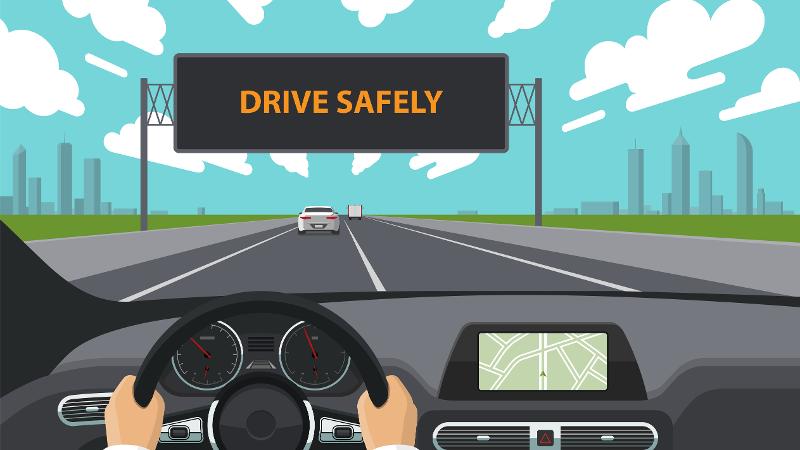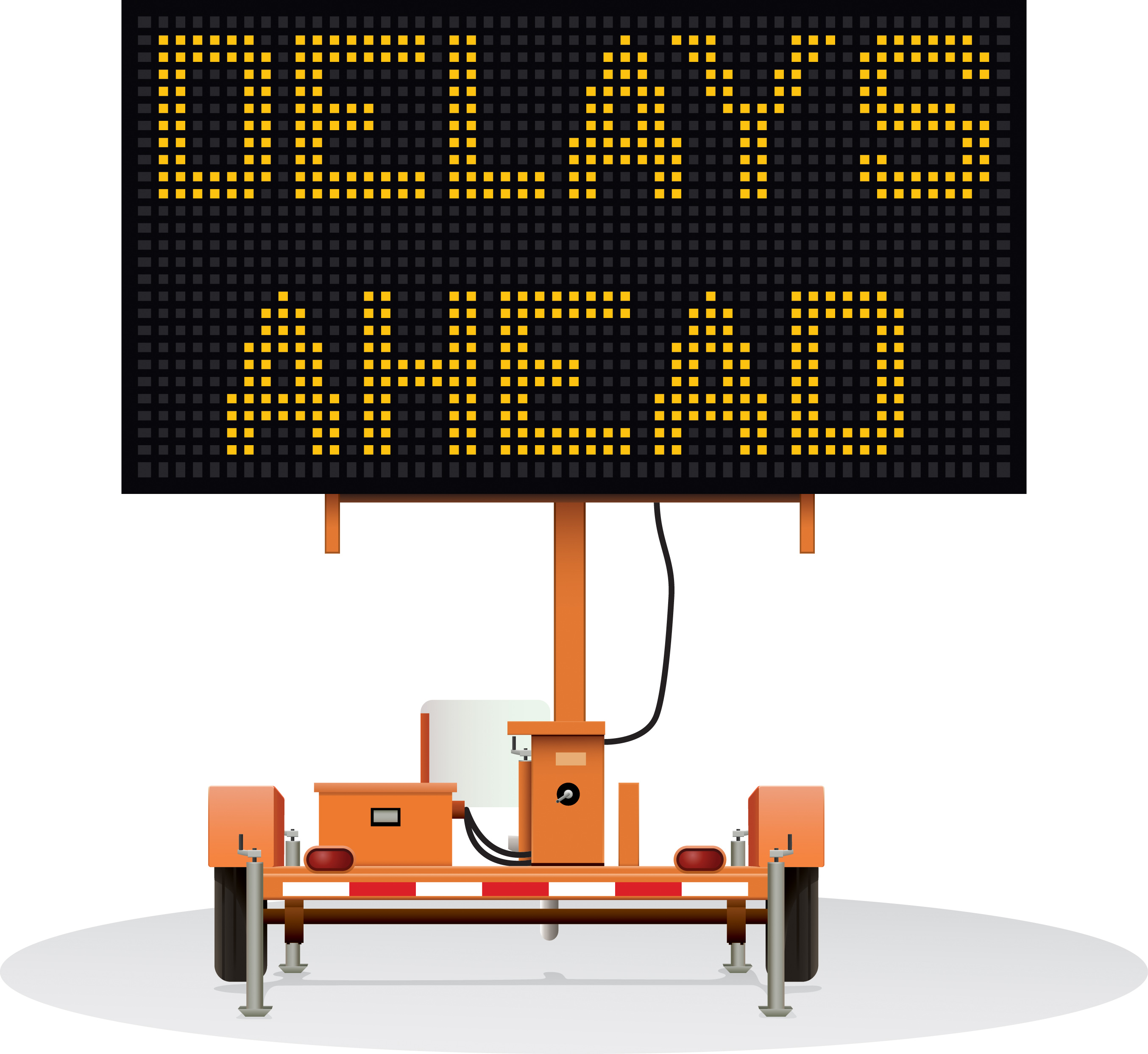
Do drivers really pay attention to road safety warnings on those electronic signs next to our roads and highways?
According to QUT researcher Dr Ioni Lewis, it’s definitely not a case of “one size fits all” when it comes to these variable message signs (VMS) and their content.
Dr Lewis and colleagues from QUT’s Centre for Accident Research and Road Safety – Queensland (CARRS-Q) and Griffith University talked to Brisbane drivers about their views on a range of anti-speeding messages developed for roadside electronic signs.

“It was interesting to find that there really were no messages that everybody agreed were effective – some worked for some drivers, other signs worked for other drivers,” she said.
“But there were two consistent key findings for us to take on board when developing these messages: the wording needs to be short – the shorter the better; and emotional triggers like mentioning the safety of family and friends are stronger than general messages about community and driver safety.”
Dr Lewis said that getting the message right and delivering it in the right medium was extremely important.
Designing and evaluating innovative and effective health communications will be the focus of HealthCAM 2018 in Brisbane on September 25 – the Australasian Symposium on Health Communication, Advertising and Marketing.
The event will tackle how public health officials and researchers can best get their messages across to the public on topics ranging from road safety to the cybersecurity of health data.
Dr Lewis is chairing the symposium, which is being hosted by CARRS-Q, QUT’s Faculty of Health and Creative Industries Faculty and the QUT Business School.
Her electronic sign research will also be published in the October edition of the Accident Analysis and Prevention journal.
The study involved showing groups of drivers two-part VMS messages such as:
- REDUCE YOUR SPEED / KEEP YOUR MATES SAFE
- NO ONE IS SAFE / SPEED CAMERAS ANYWHERE
- SPEEDING? / IT CAN HURT YOU AND OTHERS
- SPEEDING? / WHAT ABOUT THE PENALTY?
- BETTER TO BE LATE THAN … / SPEED AND NEVER GET THERE
- YOU CAN PREVENT INJURY / DRIVE WITHIN THE LIMIT
- RUNNING LATE? / SPEEDING NOT WORTH THE RISK
Dr Lewis said the testing showed that people who designed VMS road safety messages needed to keep in mind that they would never come up with the perfect message that resonated with all drivers.

“For example, while some people thought the use of the word ‘mate’ was an effective reminder that you were responsible for the safety of friends in your car, others thought it sounded too masculine or was irrelevant to commuters driving solo to work,” she said.
“Some people thought mentioning ‘running late’ could antagonise drivers already stressing about the time, and that terms like ‘others’ were too impersonal and should be replaced with ‘family’.
“Generally speaking, the drivers who took part in our focus groups liked safety messages that were not “too scary”, were personalised with references to family and friends, and were very short and could be read quickly as they drove by. They also responded well to simple questions like ‘Speeding?’ because they thought it offered a practical strategy in terms of reminding them to check their speed.”
Dr Lewis said the findings also suggested that it was important to consider matching certain messages with certain times of day, and recognise that some messages (eg ‘Running late?’) were more suited to weekday commuting hours while others worked better on weekends.
The full paper can be accessed here.
QUT Media contacts:
- Mechelle McMahon, media@qut.edu.au
- Rose Trapnell, media@qut.edu.au or 0407 585 901 (including after hours)


